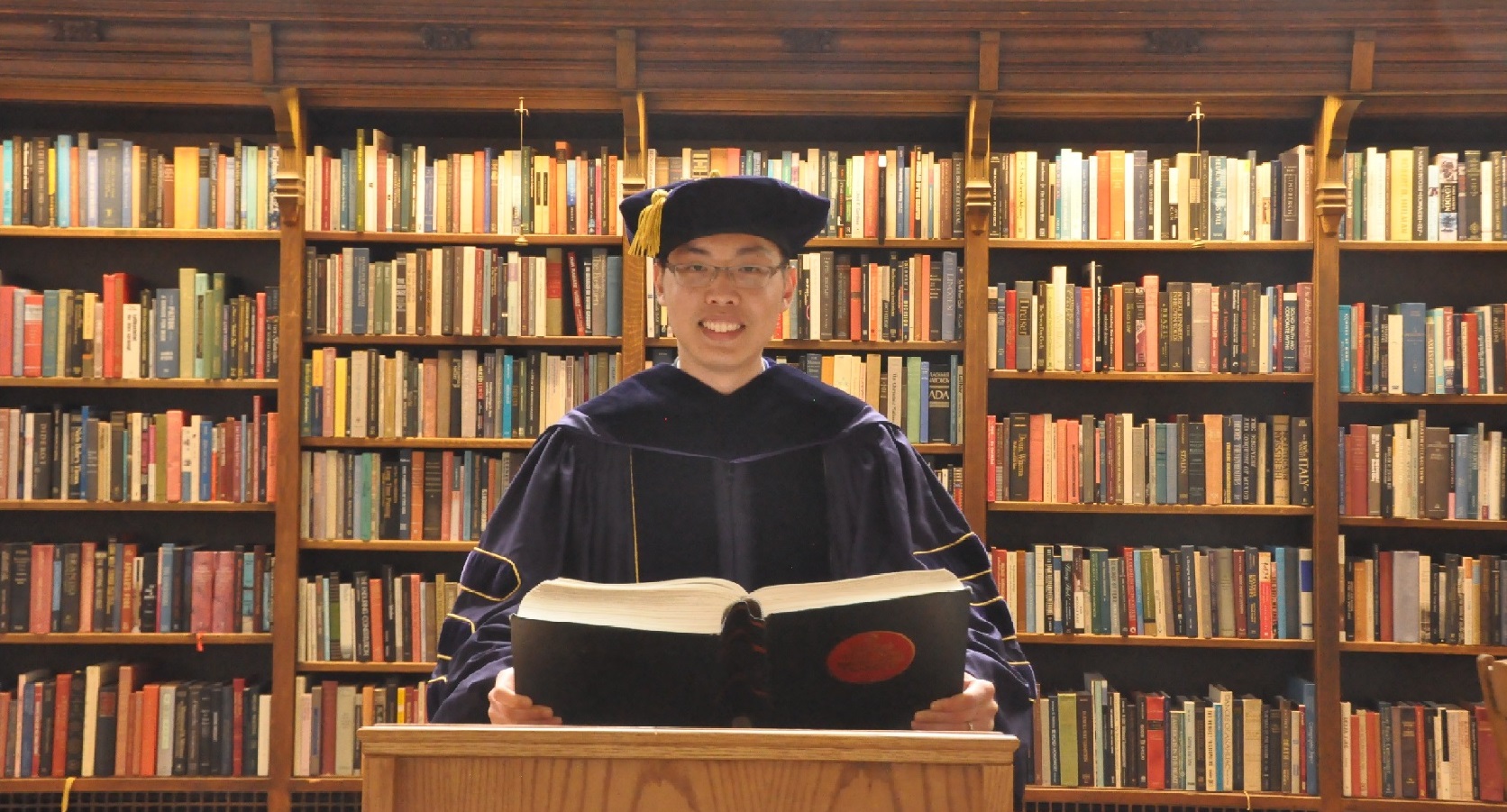About me
In Suzzallo Library, University of Washington
This is Yifei’s home on the web!
I am a tenure-track assistant professor at the Department of Mechanical Engineering at Union College, NY. I teach undergraduate fluid mechanics with a lab session, and my research focuses on integrating scientific machine learning and computational fluid dynamics for weather forecasting and climate change prediction. Before Union, I was a postdoctoral scholar at the University of Chicago and Rice University, working in the multidisciplinary area of deep learning and fluid turbulence modeling in the Environmental Fluid Dynamics Group under the supervision of Prof. Pedram Hassanzadeh. I obtained my Ph.D. in Mechanical Engineering from the University of Washington in June 2019. Over the past eight years, I have developed expertise in computational fluid dynamics, chaotic and turbulent multi-physical fluid flow modeling, high-performance computing, and deep-learning-assisted multiscale simulations.
My research aims to solve grand challenges in computational simulations and finds a wide range of applications from large-scale geophysical circulation to micro-scale electro-thermo-convection. My postdoc research focuses on developing deep-learning-based data-driven multiscale models for large-eddy simulations. Specifically, I leverage deep learning to (1) discover the unclosed sub-grid terms using coarse-grained state variables, (2) ensure the stability of the online models when the discovered sub-grid terms are coupled to the numerical solver for large-eddy simulations by energy transfer analysis, and (3) generalize the data-driven sub-grid model to very different flow scenarios with higher Reynolds numbers by a transfer learning method. Previously, my Ph.D. work focused on developing novel and scalable analytical (mathematical) and numerical models to describe electro-hydrodynamic flows. Specifically, I developed an analytical model based on energy conservation to describe the flow driven by a corona discharge and a numerical simplification to represent the discharging process in simulating electro-hydrodynamic flows. Moreover, I proposed two dimensionless parameters that evaluate the physical relationships among electrostatic, viscous, and inertial forces.

